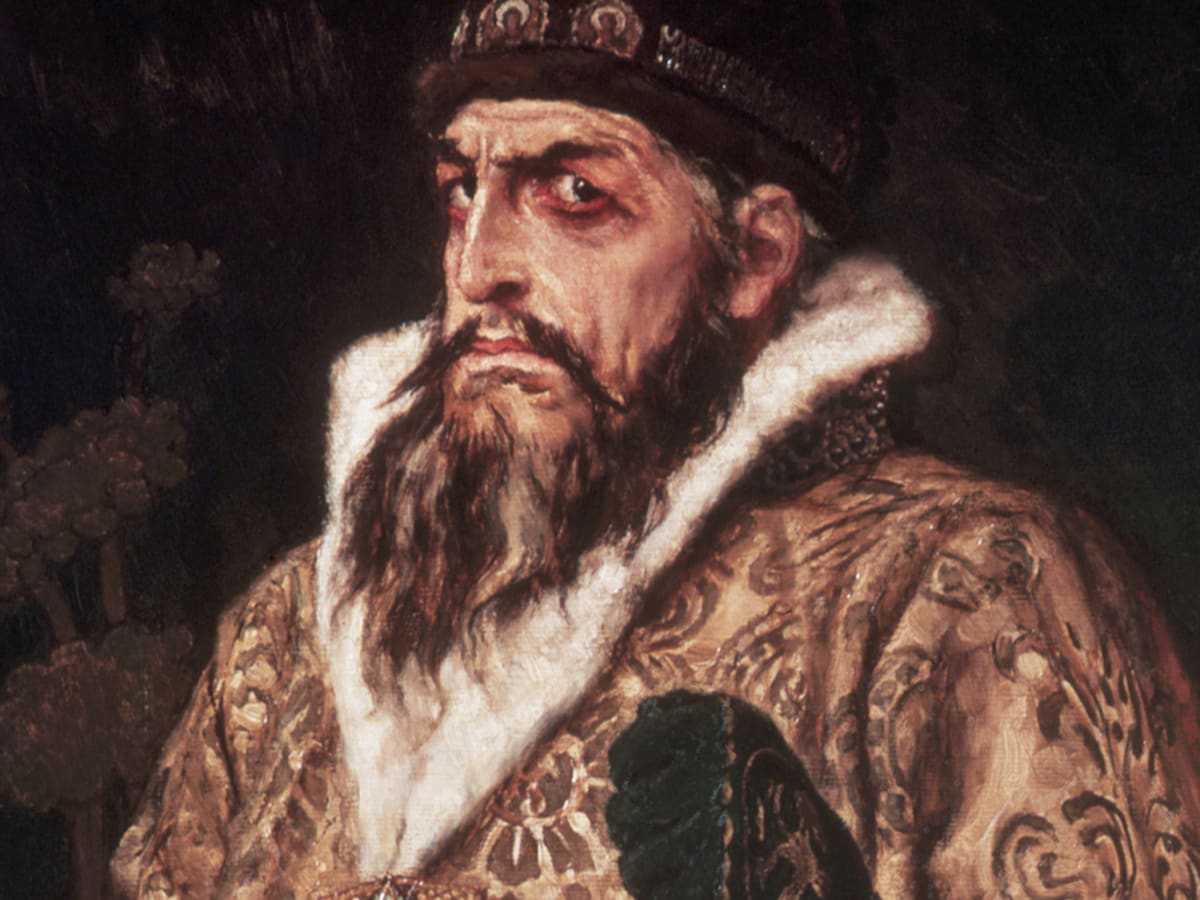Many of the disorders that characterized Russian history in the sixteenth and seventeenth centuries began in the long reign of Ivan IV, the Terrible. Pathologically unbalanced, Ivan succeeded to the throne as a small child. In 1547 he threw off the tutelage of the nobles, and embarked upon a period of sound government and institutional reform.
He regulated the greediness of the imperial administrators in the provinces, who had oppressed the population. He convoked the first zemski sobor (land assembly), a consultative body consisting of nobles, clerics, and representatives from the towns, to assist with imperial business, particularly with important questions of war and peace.
When Ivan fell ill in 1553, the nobles refused to take an oath of allegiance to his son. This refusal apparently reawakened his anger. Upon his recovery he created a new institution—the oprichnina, or “separate realm”— to belong to him personally, while the rest of Russia continued to be administered as before. The men Ivan appointed to run the oprichnina (called oprichniks), dressed grimly in black and riding black horses, bore on their saddlebows a dog’s head (for vigilance) and a broom (symbolizing a clean sweep).
They were the forerunners of the secret police forces that have long characterized Russian society. They waged a fierce, relentless war on the nobles, confiscating their estates, exiling them, killing them. By Ivan’s death, many of the oprichniks themselves had been murdered at his orders, and Russian administration was close to chaos. Yet Ivan had extended Russian authority far to the east against the Kazan and Astrakhan Tatars, thus for the first time opening the whole Volga waterway to Russian commerce.

